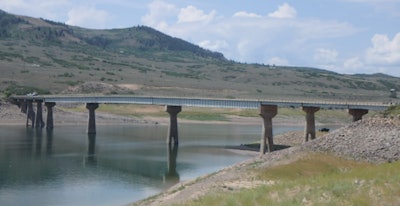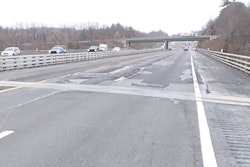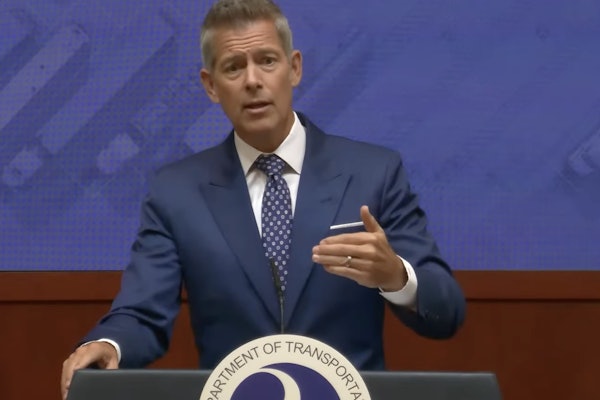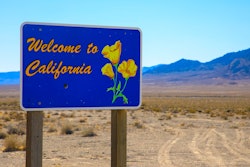
A bridge on U.S. Highway 50 west of Gunnison was closed when damage was found during an inspection. The indefinite closure means traffic faces one of two lengthy detours.
The Colorado Department of Transportation closed the bridge at the urging of the Federal Highway Administration and state bridge engineering experts due to the findings of an ongoing safety inspection, which identified anomalies in the bridge on Thursday, April 18.
The closure is in place between US 50 Mile Point 131 (intersection with Colorado Highway 92) and MP 138. Local traffic will be allowed through the closure point to reach residences. Motorists should use COtrip to plan an alternate route.
CDOT has set up an incident command and will coordinate with local, state and federal agencies in order to respond as quickly and effectively as possible.
CDOT said it has been conducting a special inspection for high-strength steel bridges for the Blue Mesa bridges as required by the Federal Highway Administration. This inspection was required because of known issues with similarly constructed bridges elsewhere in the country.
A defect was observed during an early investigation of the bridge at about Mile Point 136.3. CDOT immediately brought in a second inspection crew with resources to perform another method for testing whether the defect posed a safety hazard on the bridge. The second inspection took place on Thursday, April 18.
CDOT said it is continuing to assess the safety of the bridge and to quickly determine options for interim and permanent fixes – and will keep the public informed as soon as more information is available.
According to CDOT, the closure will create a significant detour for commuters between Montrose and Gunnison. The recommended detour route for through traffic is via Interstate 70 to the north or US 160 to the south. CDOT said it understands the inconvenience that this creates and is rapidly evaluating options to improve options for residents, businesses, and travelers on the western slope. The northern route is 354 miles and requires about six hours of travel time. The southern route is 331 miles and requires nearly seven hours of travel time.
CDOT and local partners are exploring whether it is feasible at this point in the season to clear local seasonal routes that may be able to significantly reduce the detour time for local travelers.











